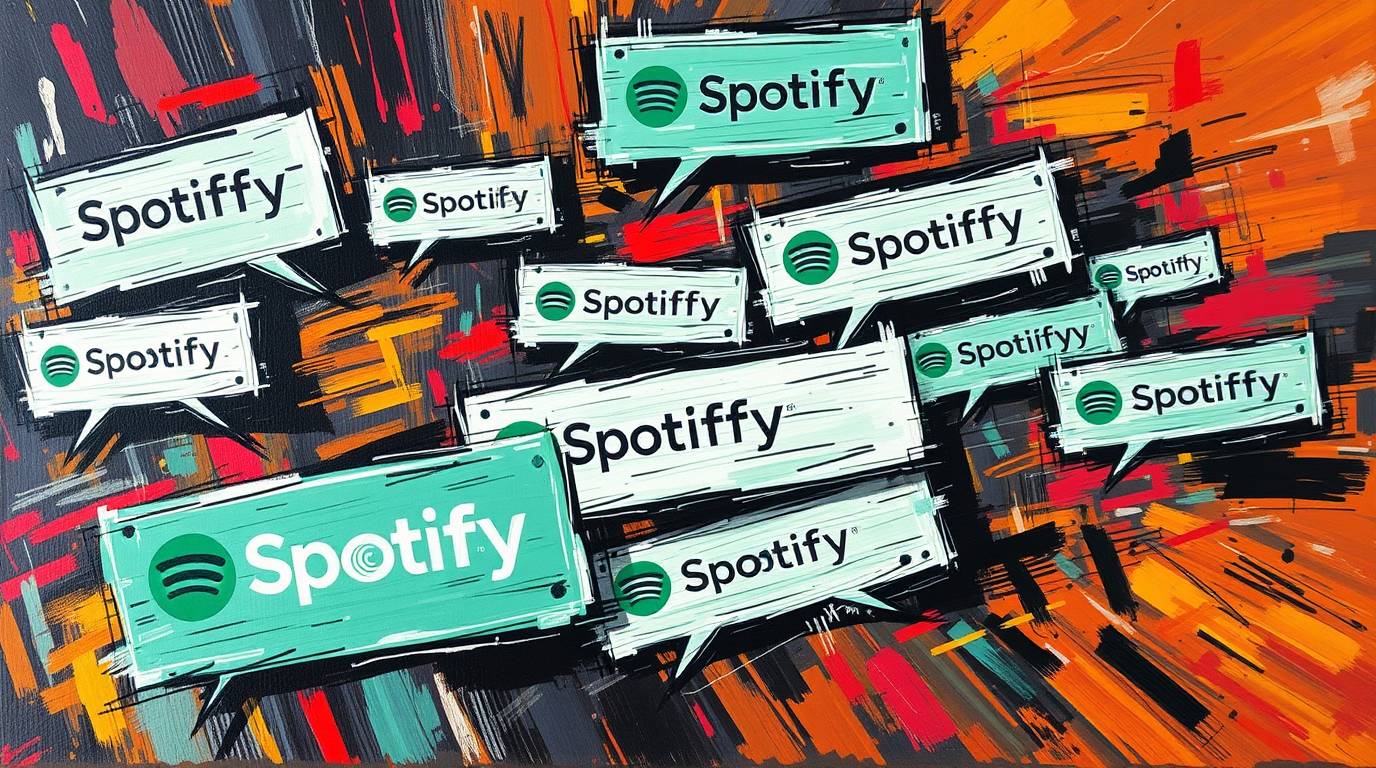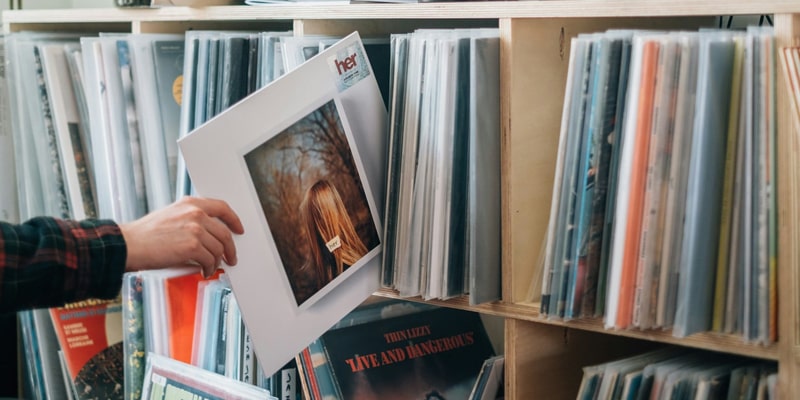For most of the 20th century, vinyl records were the dominant format for distributing music in the United States. However, with the emergence of new technologies such as 8-tracks and cassettes in the 1970s and 1980s, and later compact discs (CDs) in the late 1980s, vinyl began to lose its position. Digital downloads and streaming services in the 2000s almost completely displaced it, and by 2006 vinyl sales had reached their lowest level. For example, in 2006 fewer than one million vinyl records were sold in the U.S., compared to more than 500 million CDs.
A Phenomenal Comeback
But starting in 2007, something remarkable happened: vinyl record sales began to grow year after year, and this trend shows no sign of slowing down. This revival, often called the “vinyl renaissance,” has surprised many in the music industry. In 2024, 43.6 million vinyl records were sold in the U.S., marking the 18th consecutive year of growth. Forecasts suggest that by 2035 vinyl sales could reach 65–70 million units, with a dollar value of $5.5–$6.2 billion. In 2022, vinyl officially surpassed CDs in popularity as a physical music format for the first time since 1987, selling 41.3 million units compared to 33.4 million CDs. This trend is not limited to the U.S.; in the UK, for example, 5.5 million vinyl records were sold in 2022, the highest figure since 1990.
Why Is Vinyl Making a Comeback?
Research and experts point to several key reasons for this resurgence:
- Tactile and Visual Appeal
- Unlike digital files, vinyl records offer a physical touch. The large-format covers with beautiful artwork, song lyrics, and stories about the artists create a unique experience that MP3 files simply can’t provide.
- The ritual of placing the needle on the record creates a sense of intimacy and engagement that streaming lacks. For many, it’s not just listening—it’s experiencing music on a more physical level.
- Exceptional Sound Quality
- Many audiophiles prefer the warm, rich sound of vinyl over compressed digital formats. While streaming is more convenient, it often sacrifices some degree of audio fidelity. Some consider vinyl the only truly “lossless” format.
- Collectability and Exclusivity
- Limited editions, colored vinyl, and special releases make records highly desirable for collectors. Owning a physical copy of an album—especially one with unique artwork or elaborate packaging—adds intangible value that digital files cannot replicate.
- Supporting Artists
- Buying vinyl records is often seen as a way to directly support musicians, especially in an industry where streaming royalties are notoriously low. Fans feel a stronger connection to artists when they can hold an album in their hands.
- Digital Fatigue and Desire for Authenticity
- Younger generations, especially Gen Z (born between 1997 and 2012), are increasingly aware of the fleeting nature of digital media. Vinyl records offer a slower, more mindful way of interacting with music, serving as a form of “digital detox.”
- Aesthetic Appeal and Lifestyle Symbol
- Vinyl album covers are not just a music carrier—they’re an aesthetic object. From Instagram-worthy turntable setups to TikTok videos showcasing new purchases, vinyl has become a lifestyle symbol.
- Nostalgia for Times Never Lived
- Interestingly, Gen Z is drawn to nostalgia for eras they never experienced. Retro fashion, vintage technology, and analog media are part of a broader cultural trend that evokes a sense of history and authenticity.
- Discovery Through Streaming
- Streaming platforms like Spotify and Apple Music often serve as a gateway to vinyl. Listeners discover new artists digitally, then seek out physical copies of their favorite albums.
- Community and Connection
- Vinyl collecting fosters a sense of community. Whether it’s digging through bins at local record stores, attending record fairs, or sharing collections online, Gen Z uses vinyl as a way to connect with like-minded individuals.
- Support from Major Artists and Special Events
- Stars like Taylor Swift, Harry Styles, and Adele actively release their music on vinyl, often in limited-edition formats that drive sales. Record Store Day, launched in 2008, has also become a major driver, offering exclusive releases.
For those interested in how album art influences the perception of music, check out this insightful article: The Impact of Album Cover Design on Music.
Challenges for the Industry
With such rapid growth in demand, significant challenges have emerged. Vinyl manufacturers, which had been in decline for decades, were unprepared for the surge in orders. In 2015, only 21 pressing plants were operating in the U.S., and about 40 worldwide. A 2020 fire at Apollo Masters Corporation—one of only two companies in the world producing lacquer discs (a key component for pressing)—further complicated matters. This led to production delays that sometimes stretched to a year.
In response, new plants are opening and existing ones are expanding, such as United Record Pressing—the oldest vinyl manufacturer in the U.S.—which is modernizing its equipment to meet growing demand. Additionally, the vinyl boom has fueled the success of independent record stores, which have once again become important hubs of music culture.
Interestingly, alongside the legitimate vinyl revival, a shadow industry of counterfeit and bootleg records is thriving. This creates problems for labels and artists who lose revenue.
The Future of Vinyl
While digital music and streaming services still dominate the market, the love for physical formats—especially vinyl—continues to grow. This is not just a fleeting fad but a full-fledged cultural movement. Of course, questions remain about whether the manufacturing industry can scale fast enough and whether demand for vinyl will remain strong in the long term. However, as experts note, vinyl’s biggest problem is that demand exceeds supply, which is hardly the worst problem to have.
Vinyl is undeniably more than just a music format; it is a work of art, a collectible, and a way to deeply engage with music, making it appealing to new generations of fans.






